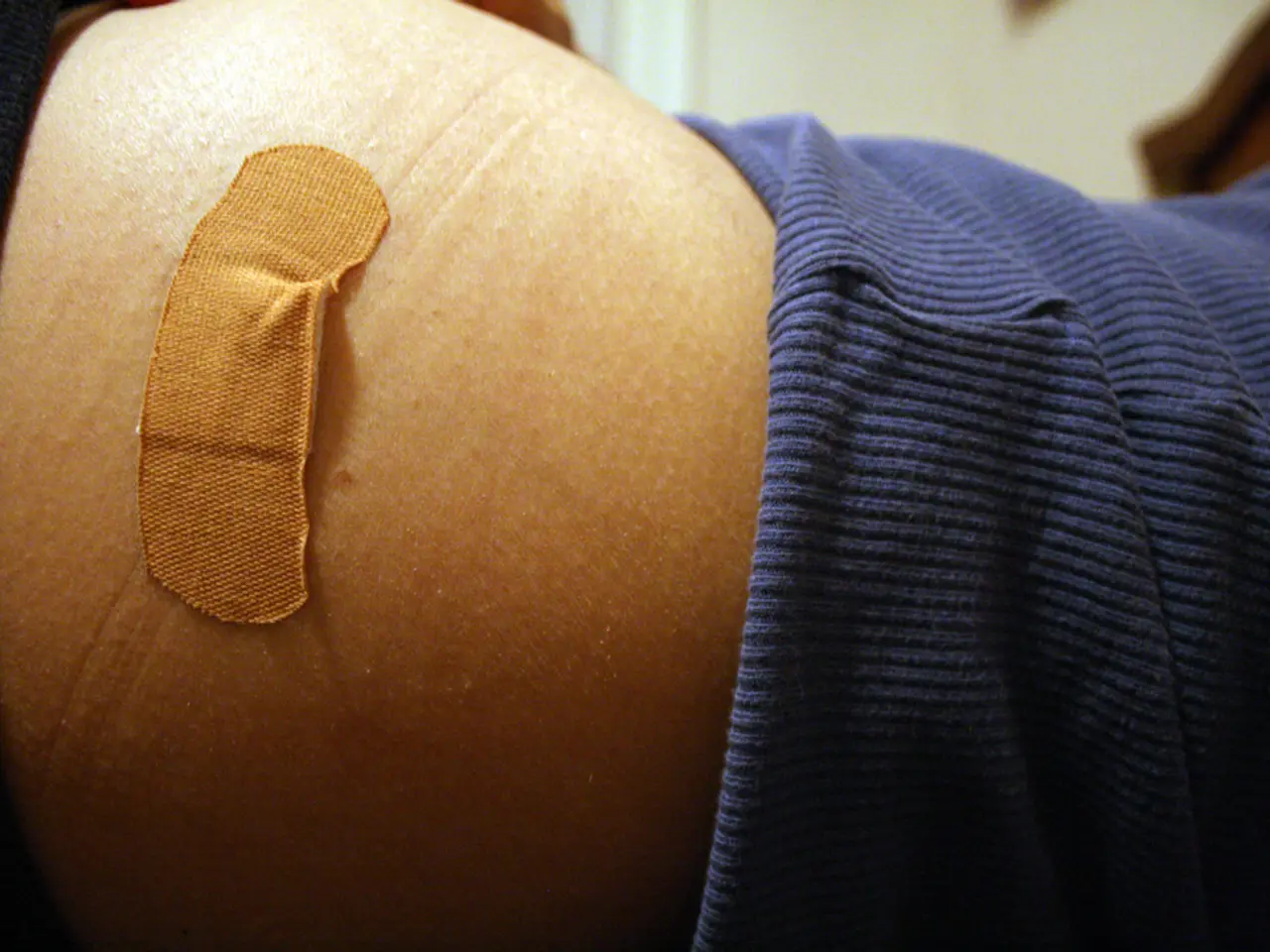Auscultation: The Power of Listening to Your Body
Auscultation, a simple yet powerful diagnostic tool, involves using a stethoscope to listen to the sounds within our body. This non-invasive technique, posing no risks or side effects, can help detect a range of issues from irregular heart rates to bowel problems.
To perform auscultation, a healthcare professional places the stethoscope on specific areas of the patient's bare skin. For the heart, they listen to four main regions, checking the heart's sounds, rhythm, and loudness. In the lungs, they compare both sides and the front and back of the chest to detect abnormal airflow or sounds like wheezing. In the abdomen, they listen for bowel sounds, which can indicate issues in the intestines. With proper training, auscultation can help diagnose conditions such as irregular heart rates, Crohn's disease, phlegm or fluid buildup in the lungs, and more. However, accurate diagnosis may require additional tests. Notably, a Doppler ultrasound can also be used for auscultation, particularly to monitor a baby's heart rate during pregnancy.
Auscultation, or listening to the body with a stethoscope, is a crucial diagnostic tool that can detect various health issues. While it's challenging to perform effectively without professional training, it's a simple, risk-free test that often provides valuable insights into our body's health.






